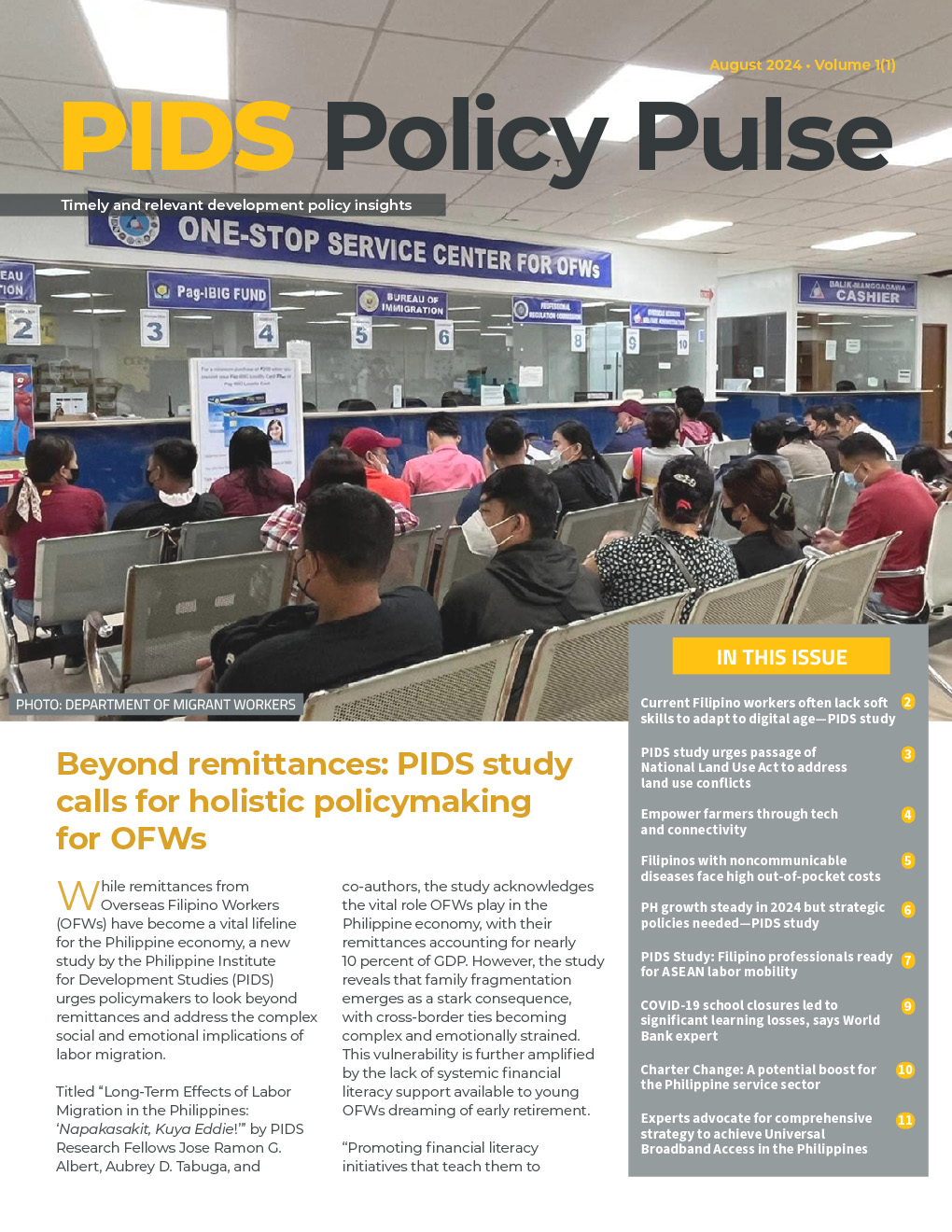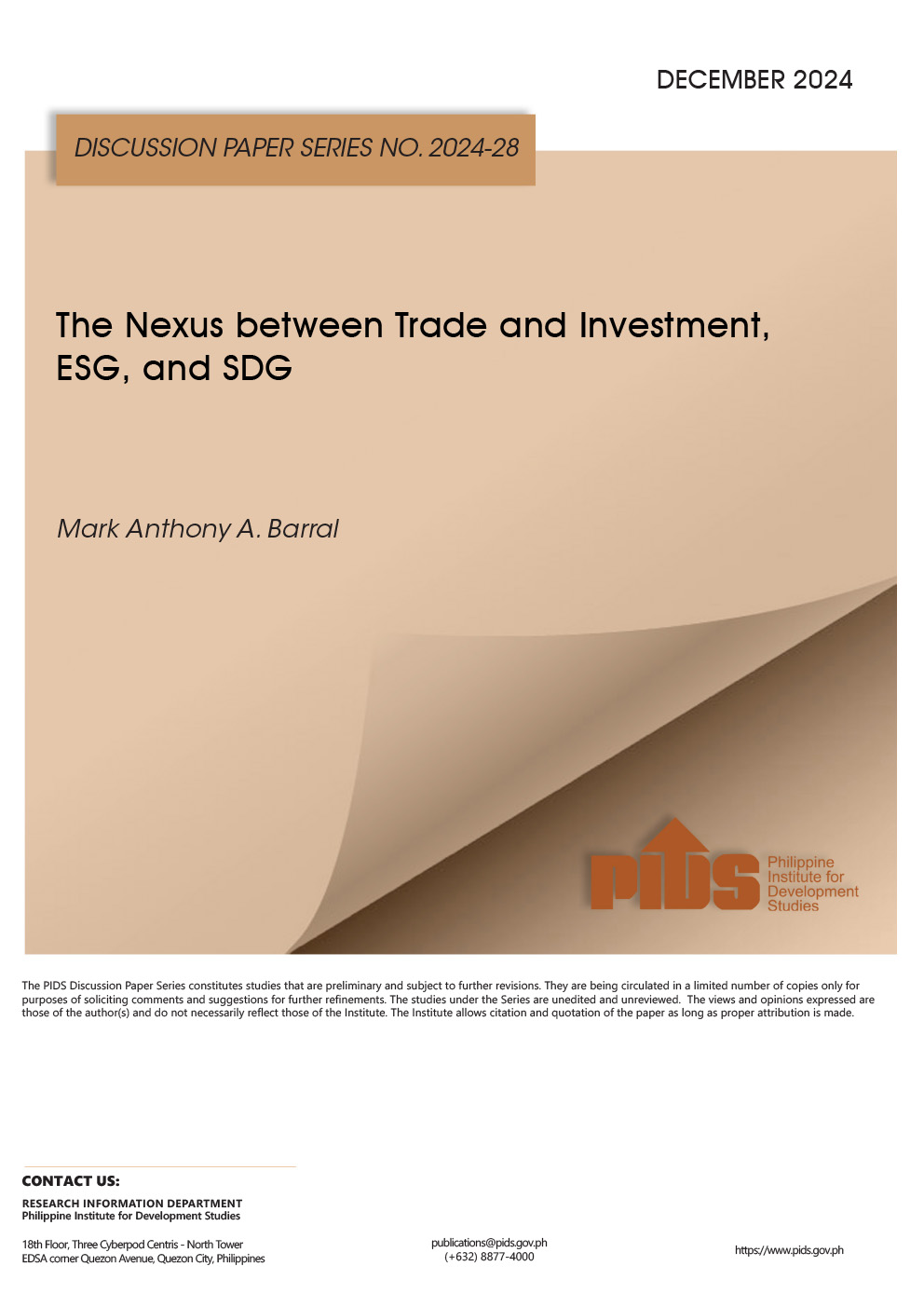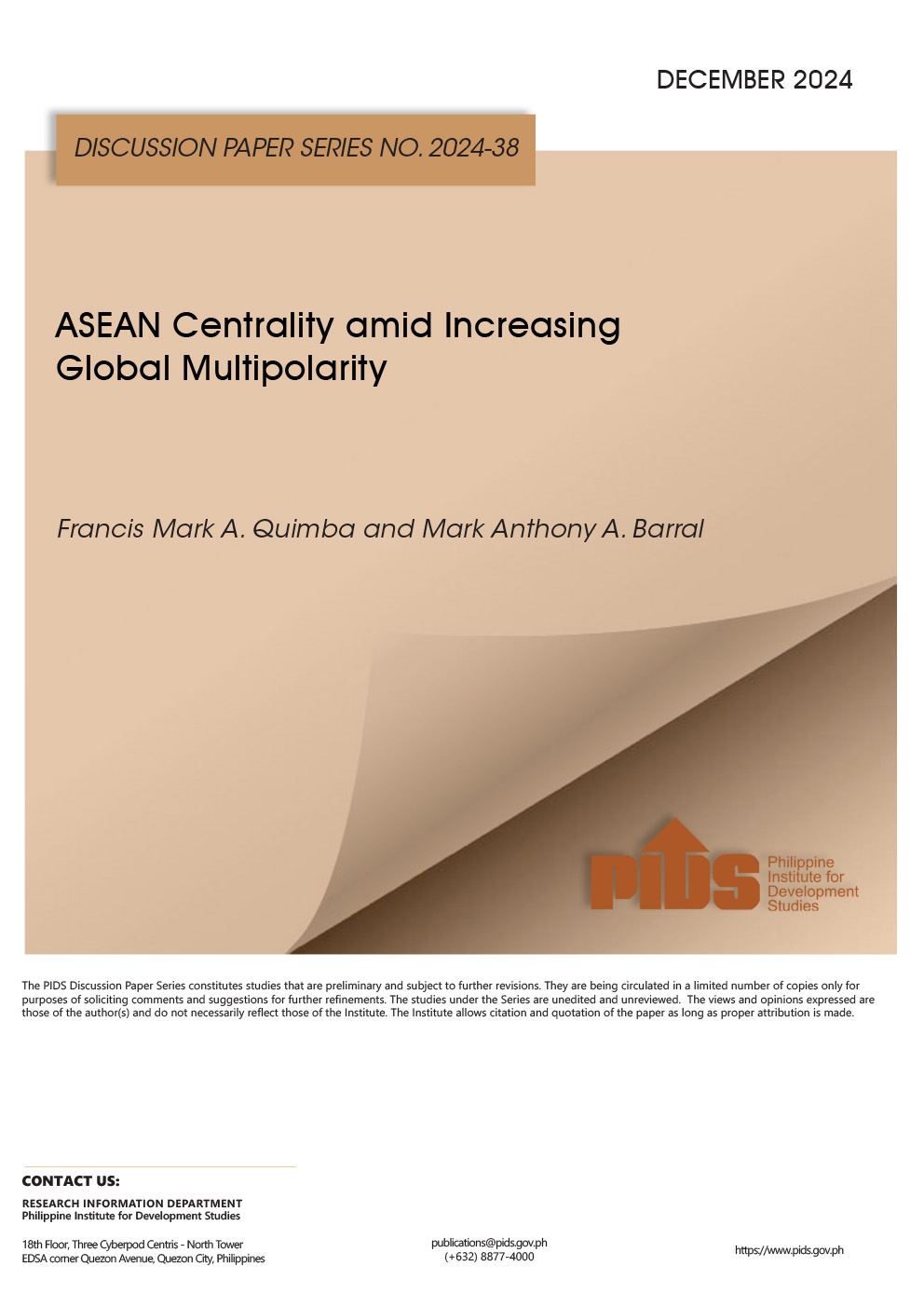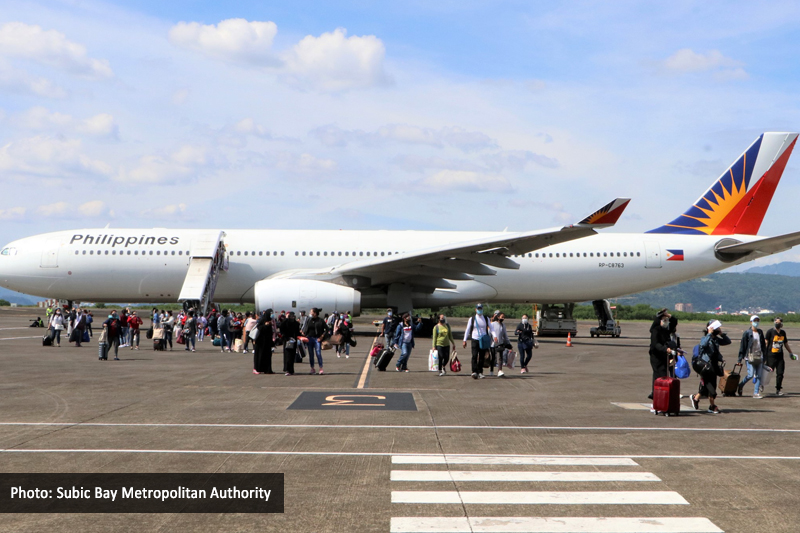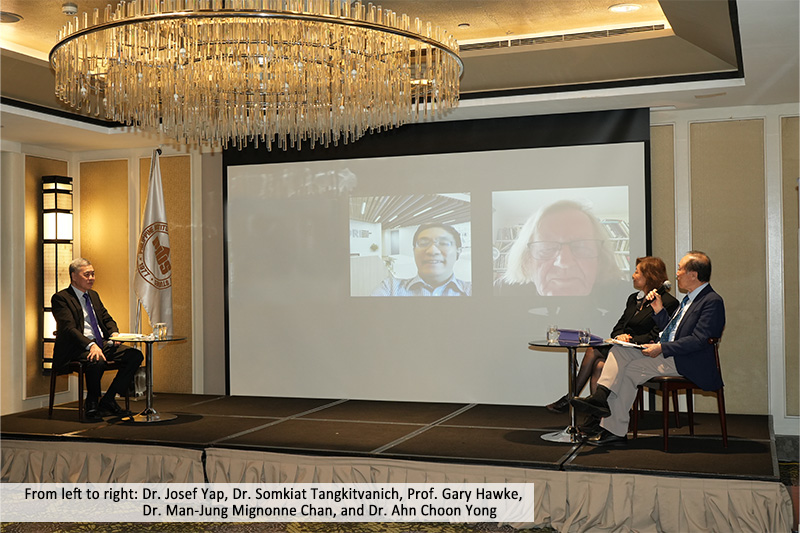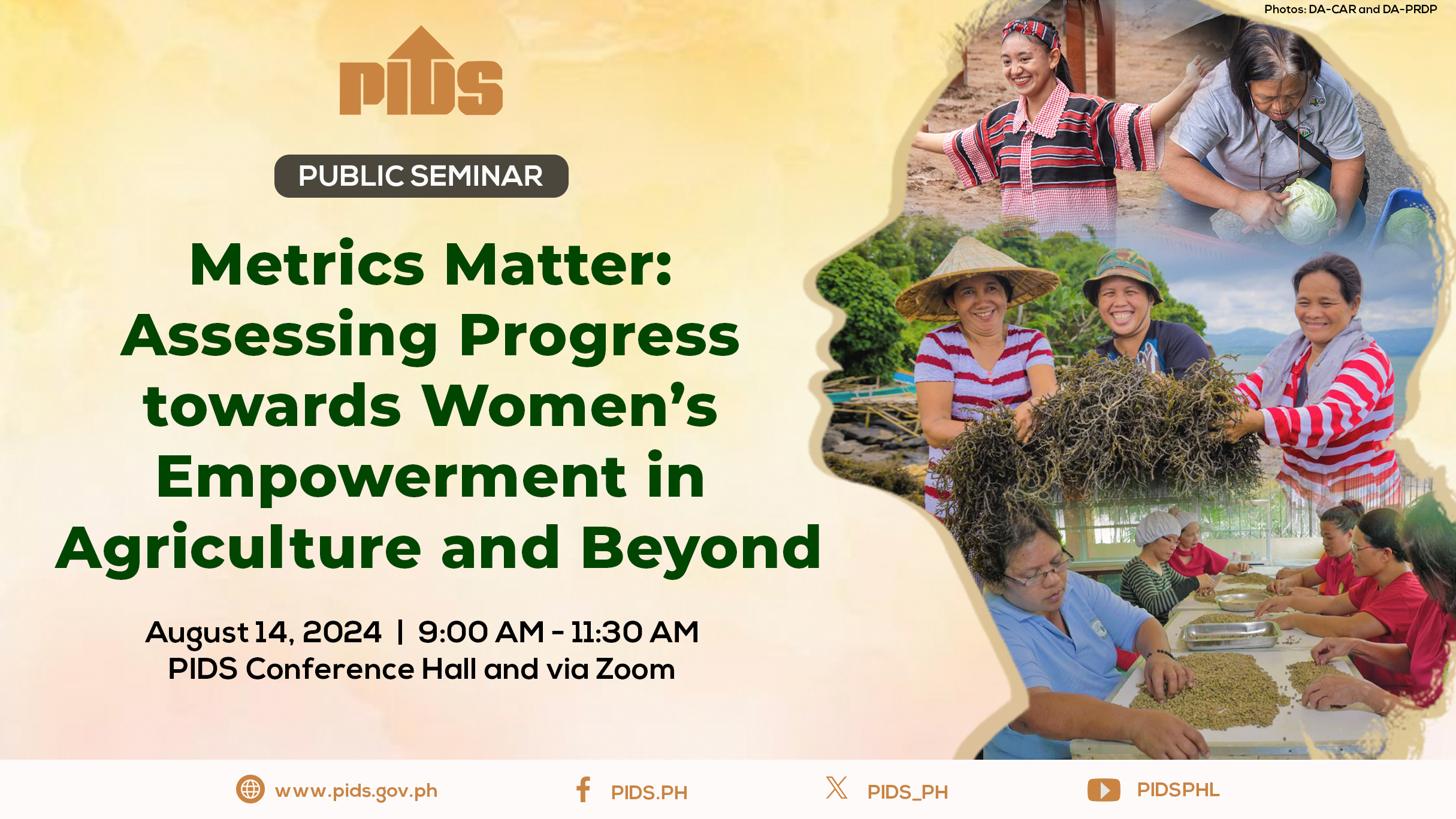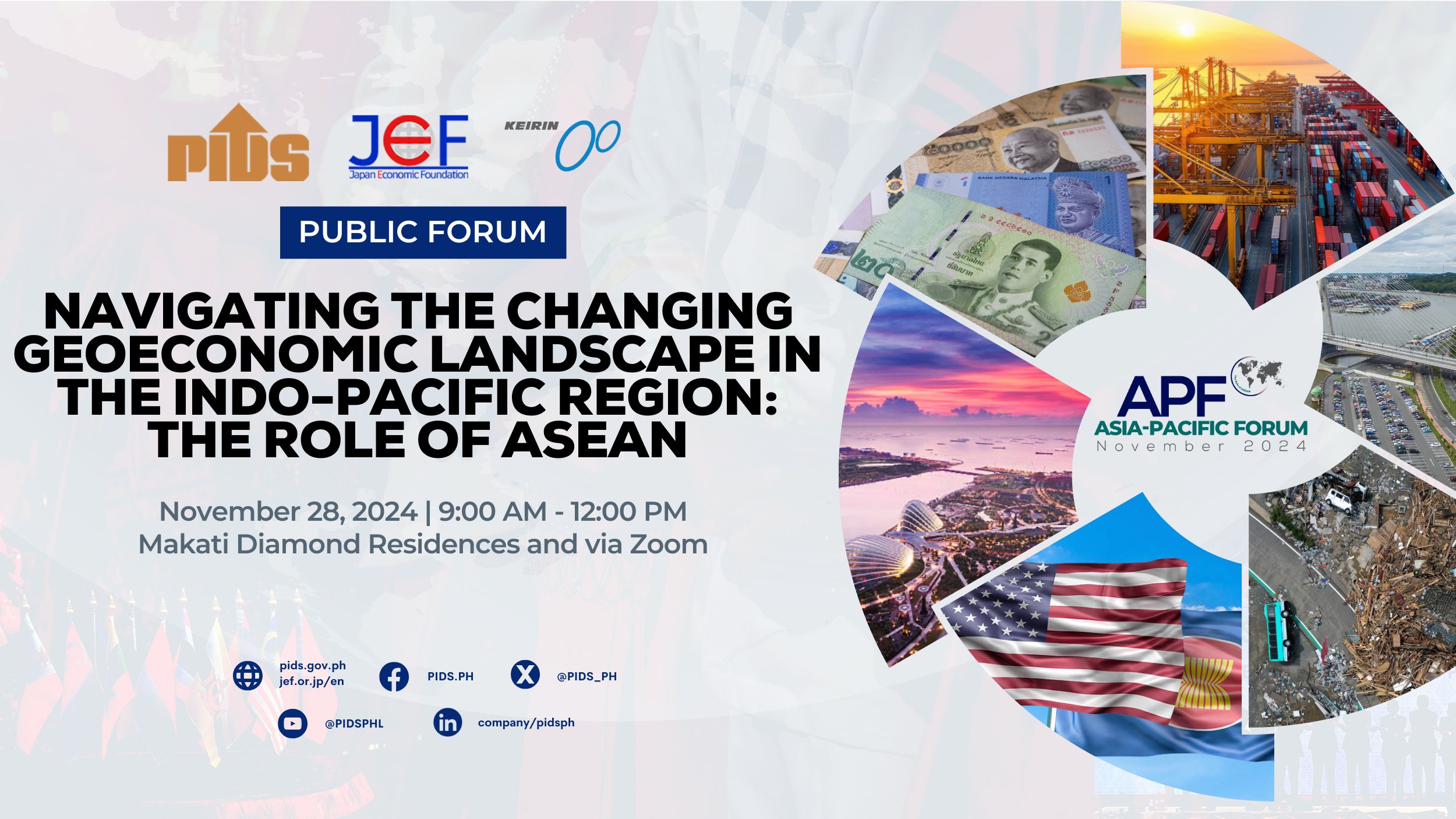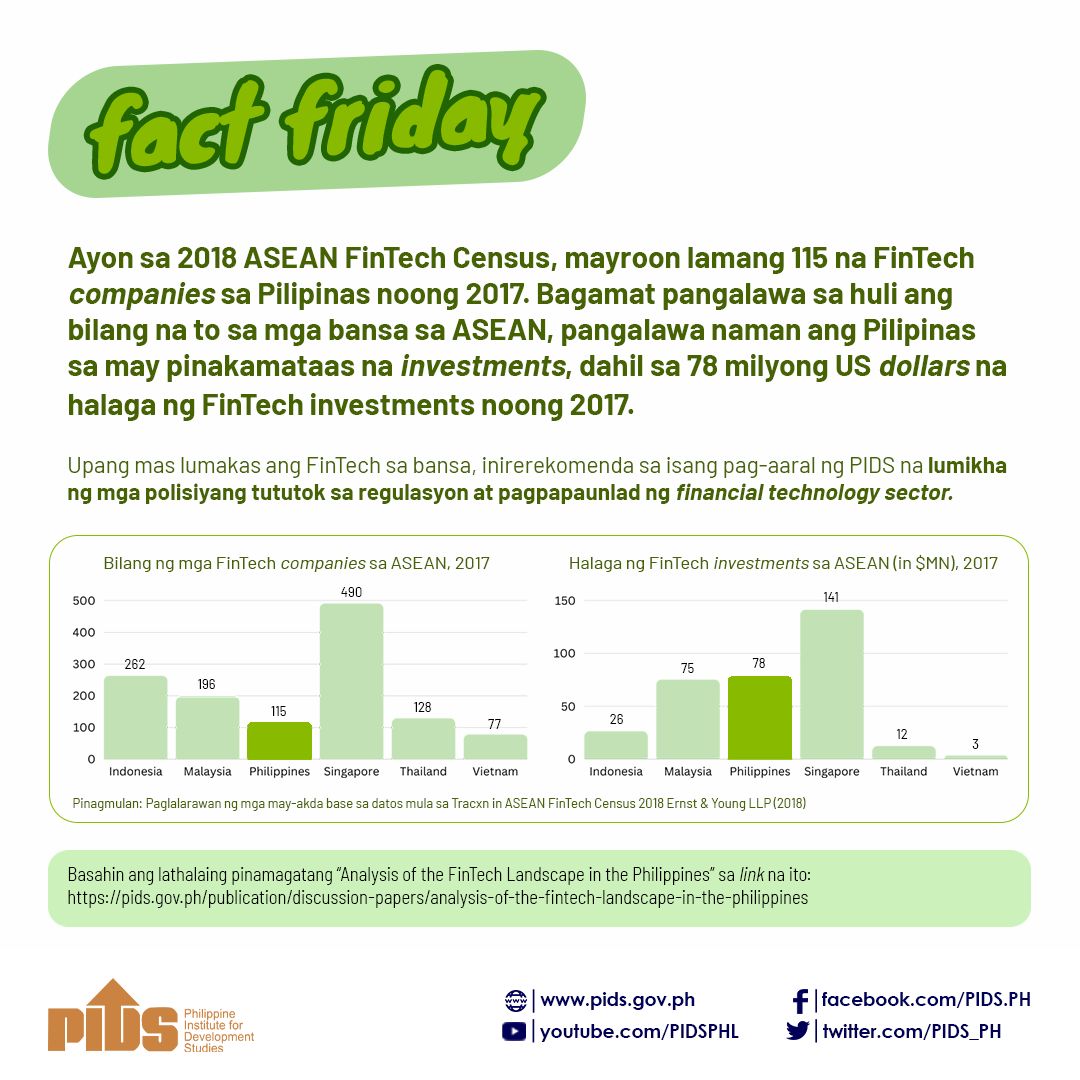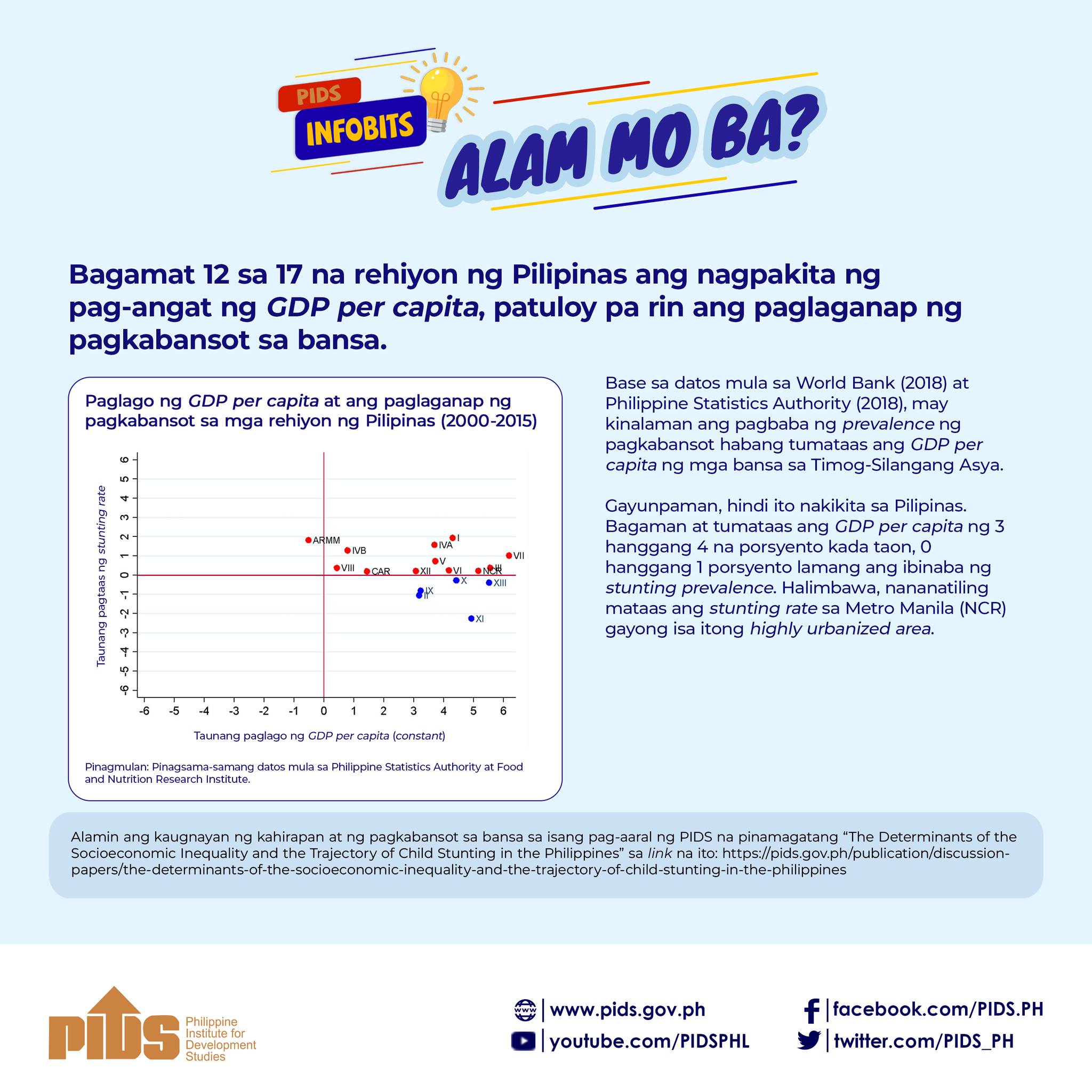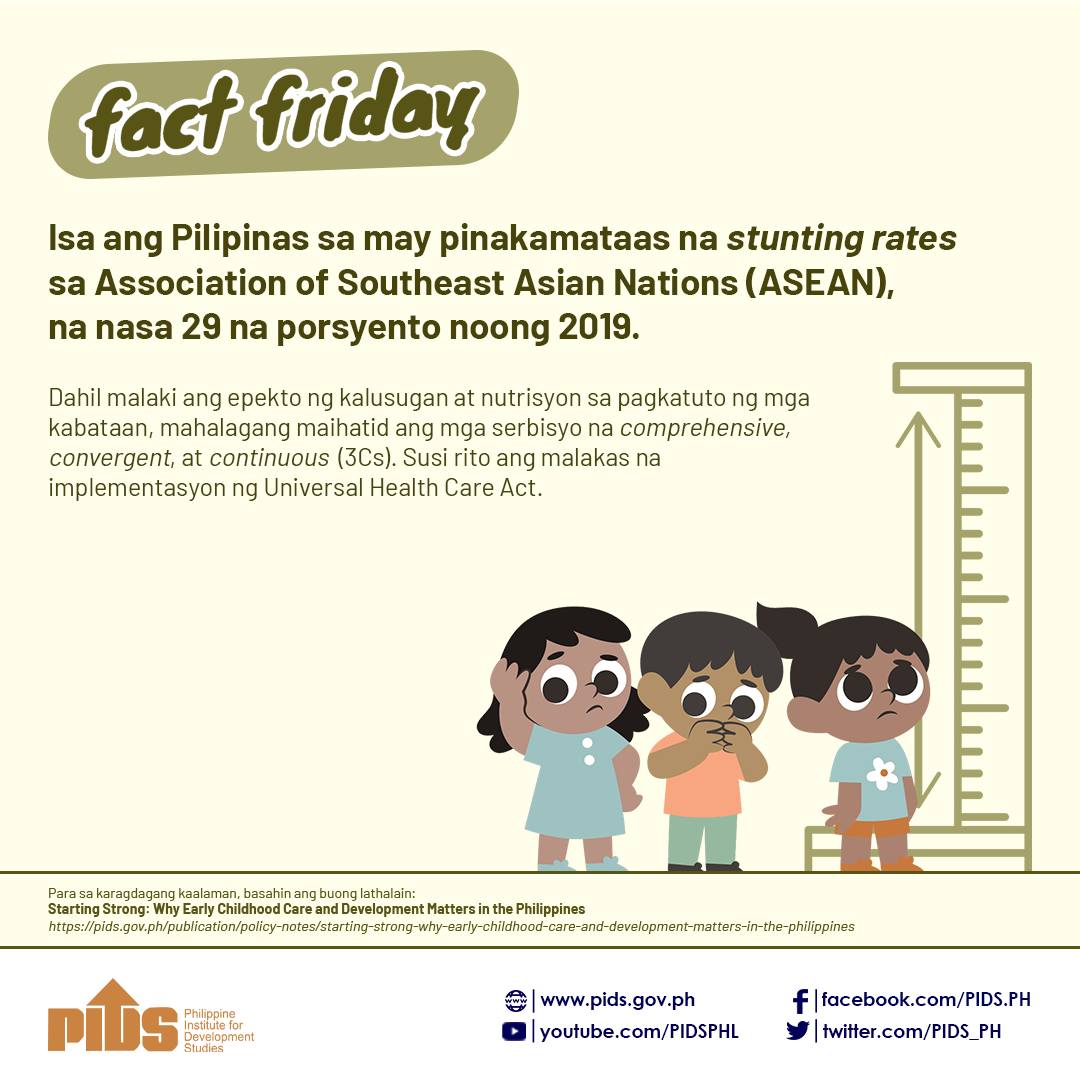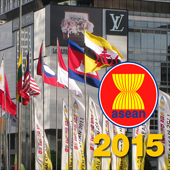
The clock is ticking for the impending ASEAN Economic Community (AEC) which has a target of 2015. The plan envisions a region fully integrated into the global economy, a highly competitive economic region, and a region of equitable economic development. The areas of cooperation encompass trade and investments facilitation, movement of people, human resource development, financial integration, common mechanism in the political and security fields, and enhanced infrastructure and communications connectivity, to name a few.
What is in store for the Philippines and its neighbouring countries once an ASEAN Community is established by 2015? Should we fear it or should we welcome it? What challenges are confronting the ASEAN countries, particularly the Philippines, to turn this vision into reality. Find out what PIDS studies have to say.
- Managing the ASEAN Economic Integration Process in the Philippines: An Assessment of Progress in Trade Liberalization and Facilitation
- Achieving the ASEAN Economic Community 2015: Challenges for the Philippines
- Closer Trade and Financial Cooperation in ASEAN: Issues at the Regional and National Level with Focus on the Philippines
- Investment and Capital Flows: Implications of the ASEAN Economic Community
- ASEAN and the Challenge of Closer Economic Integration
- Economic Integration and Regional Cooperation in East Asia: A Pragmatic View
- Food Security, Agricultural Efficiency and Regional Integration

